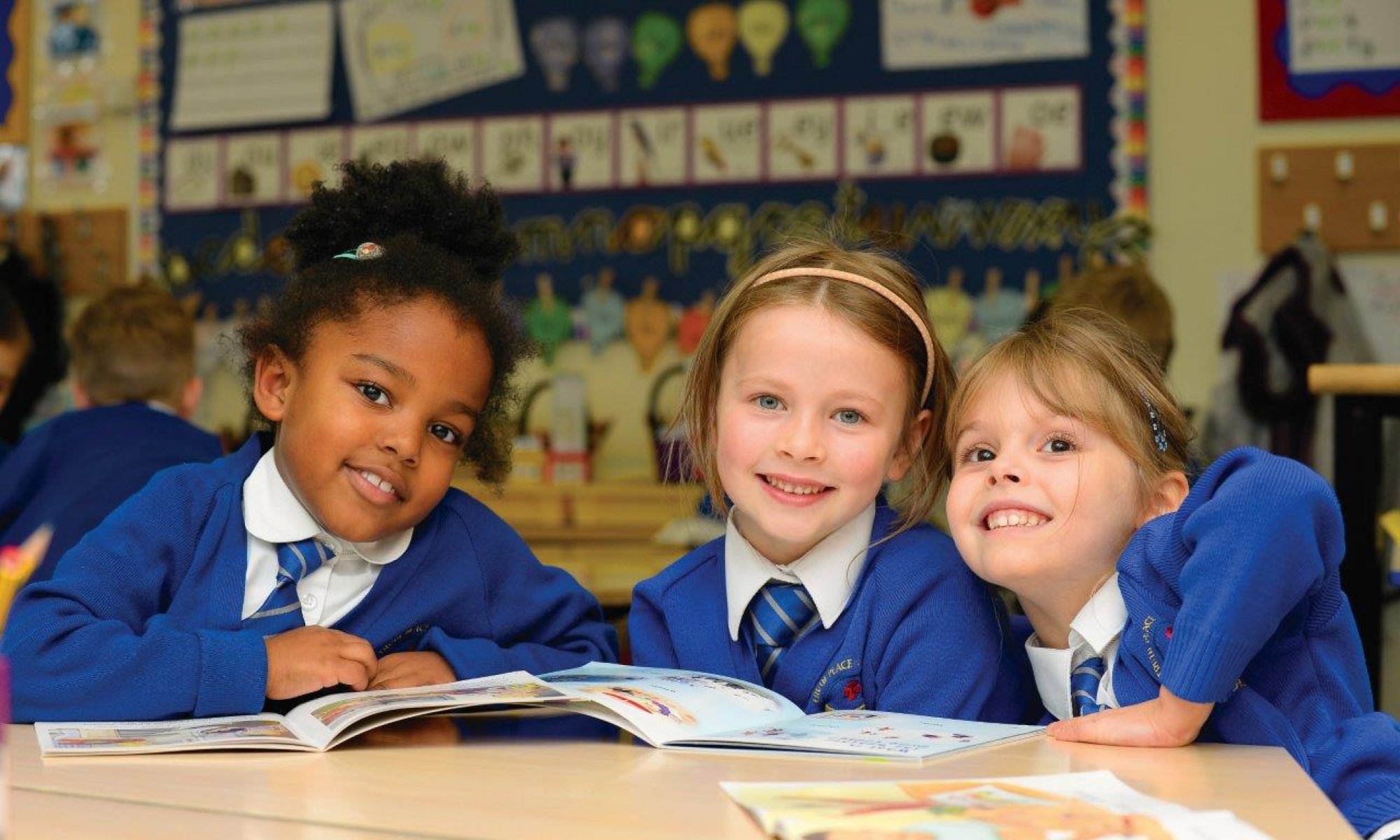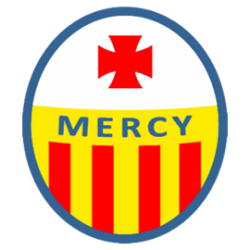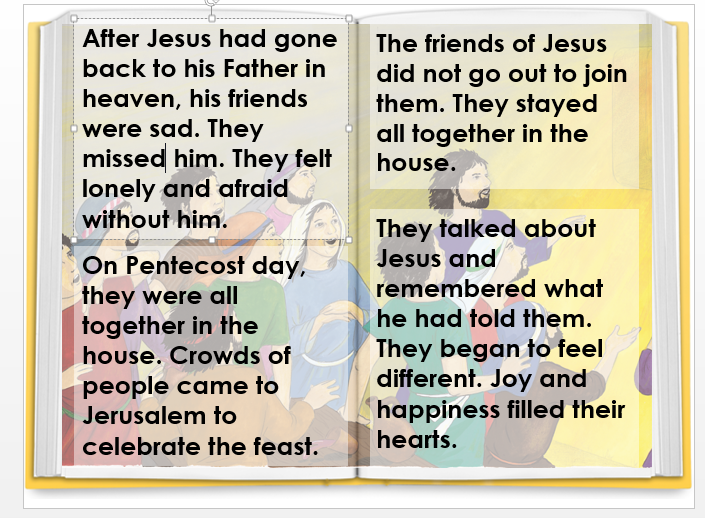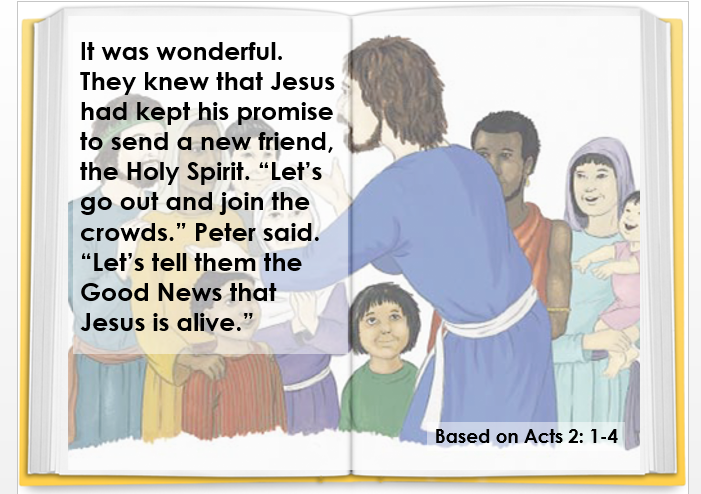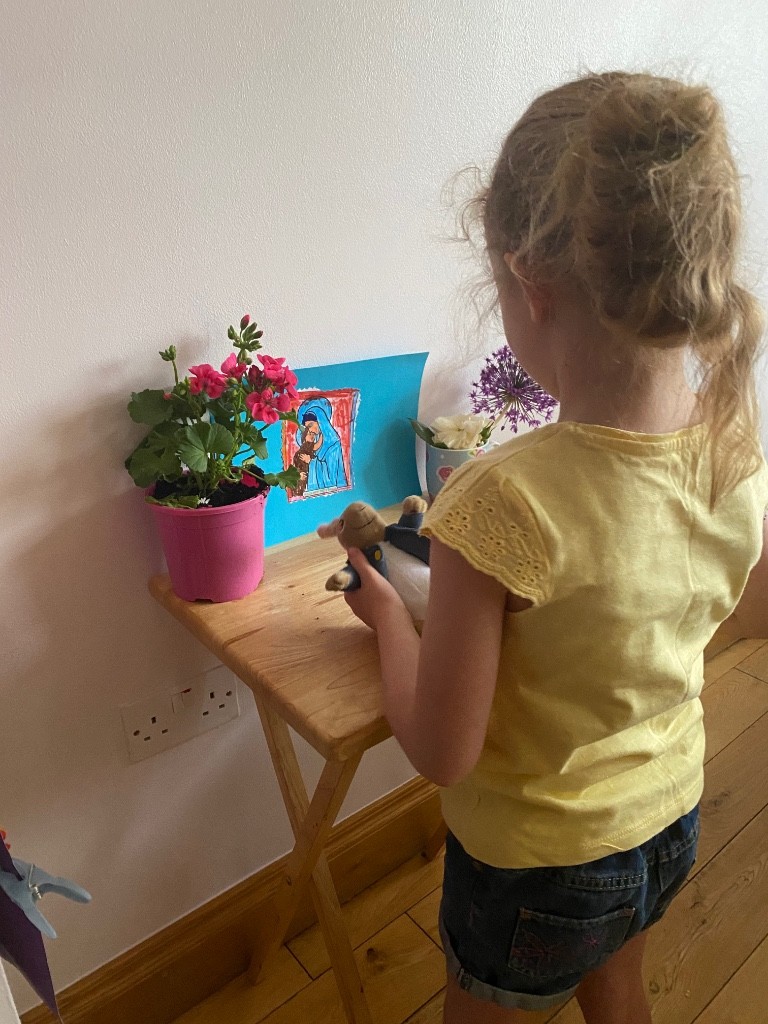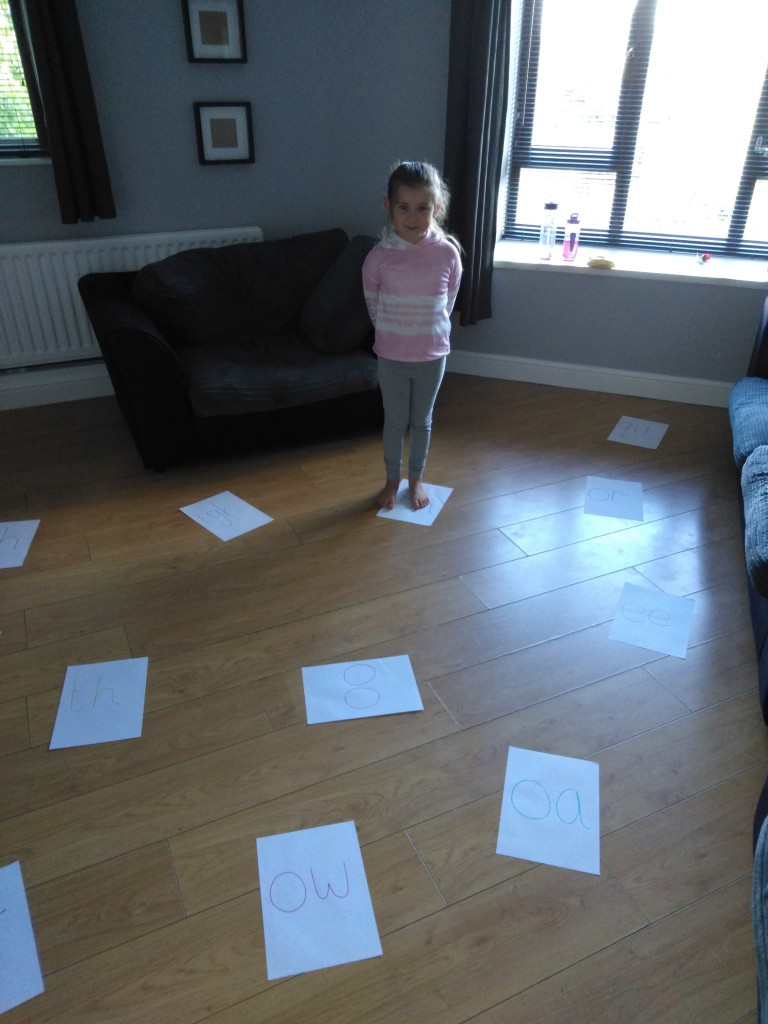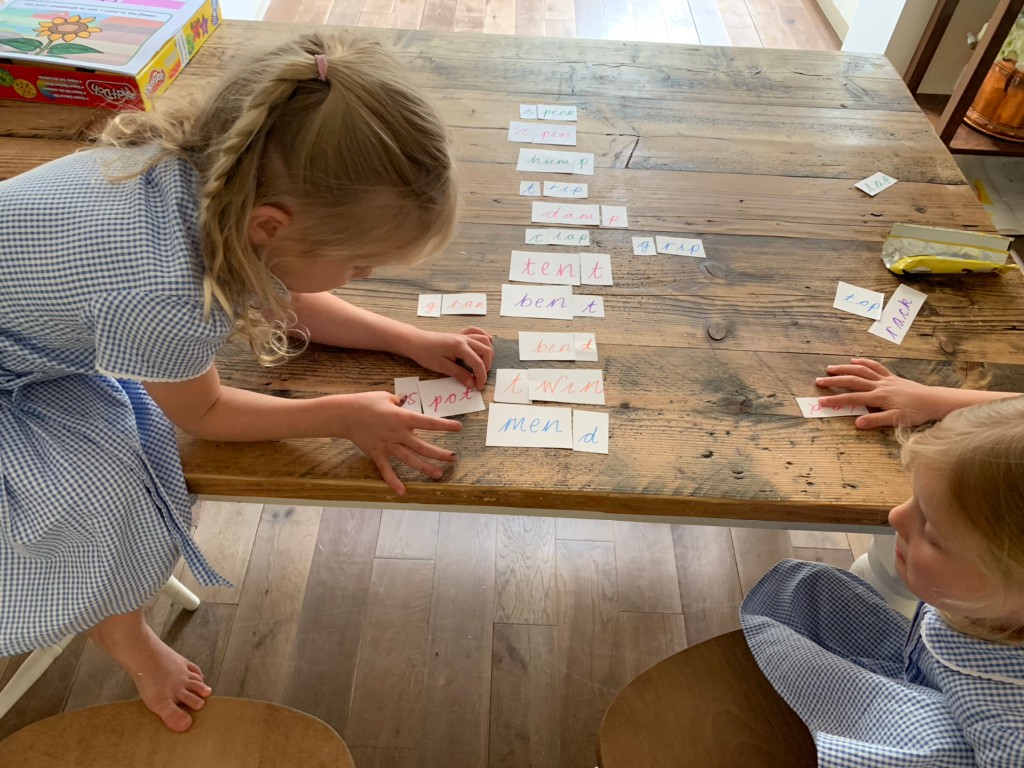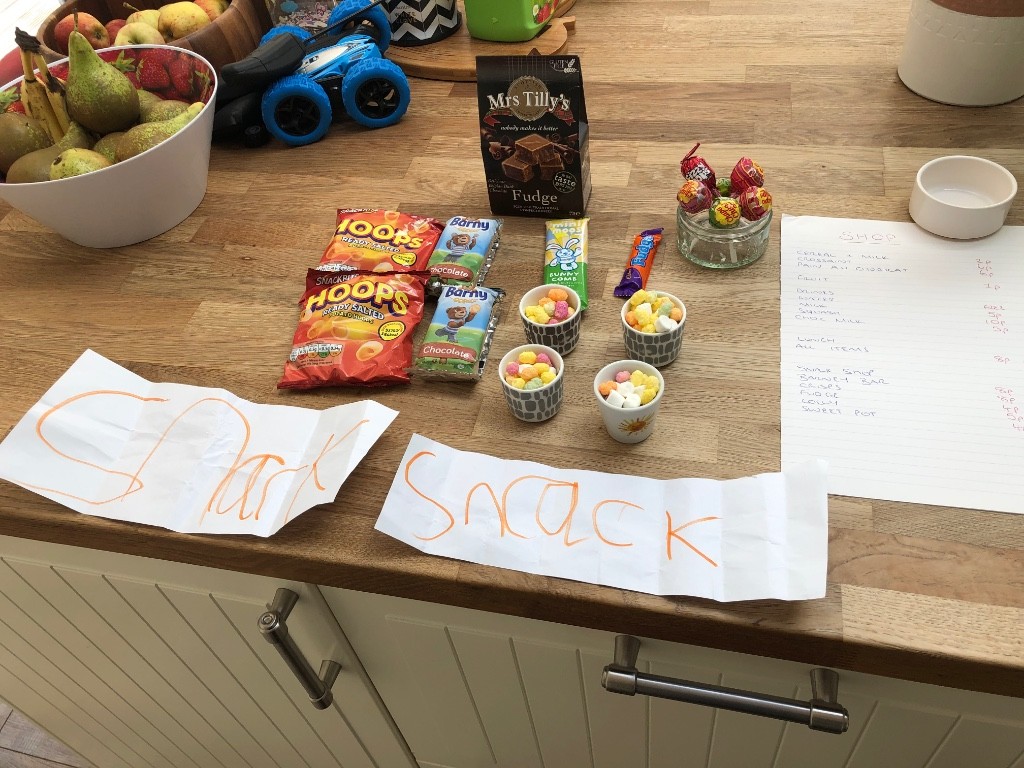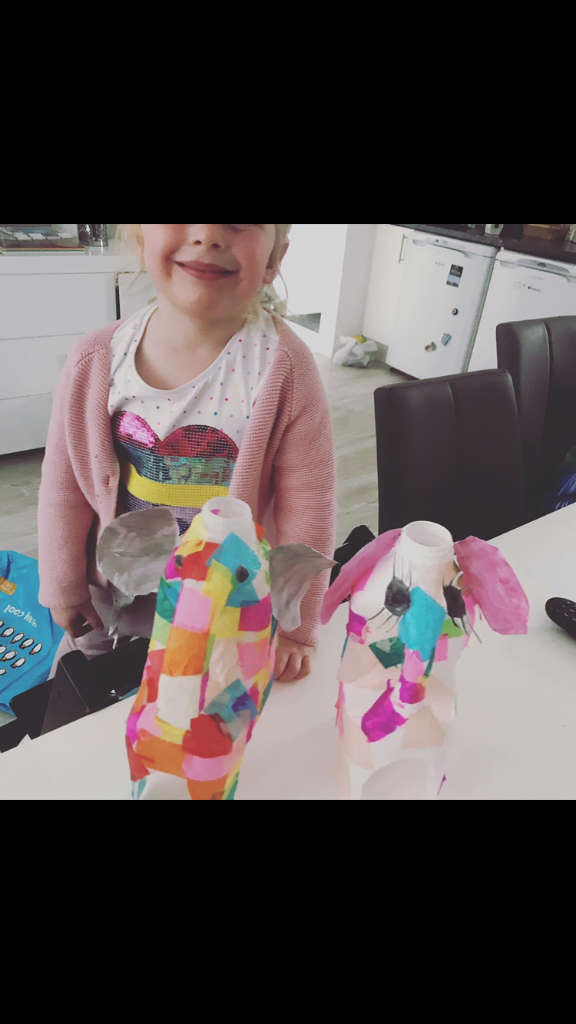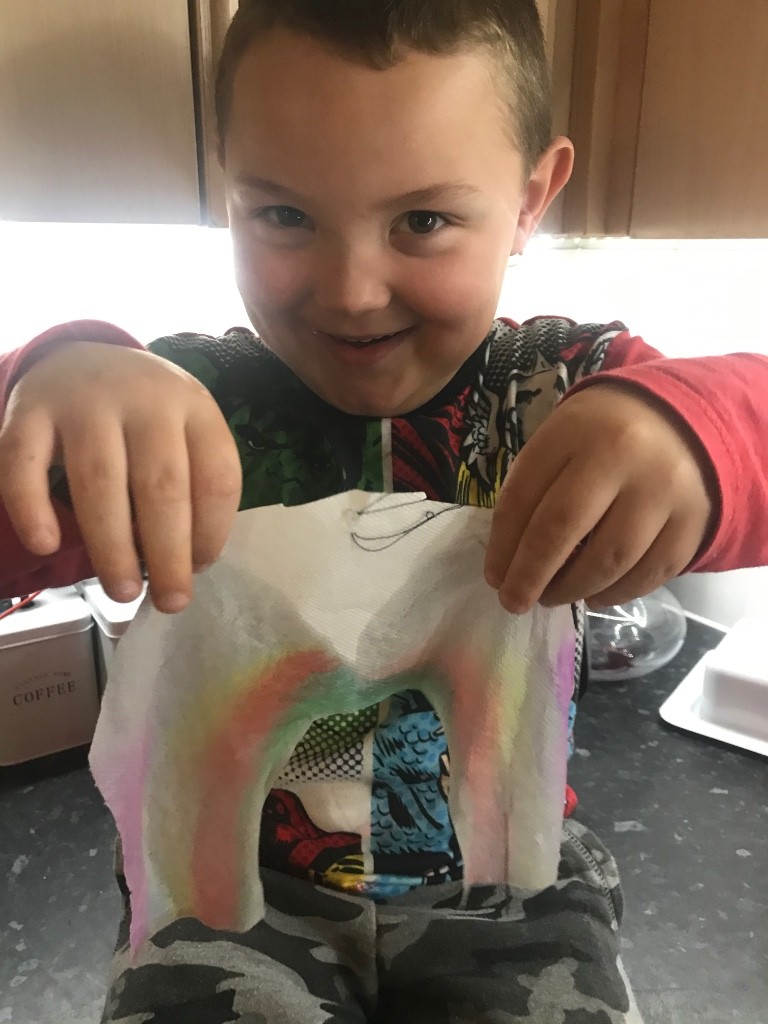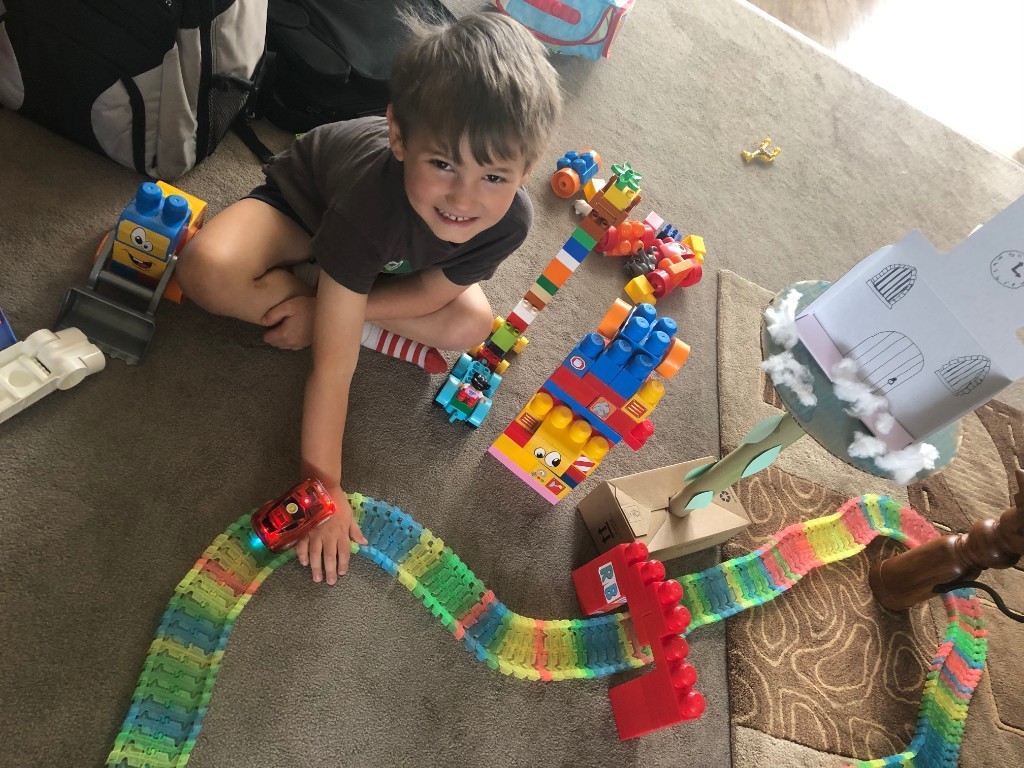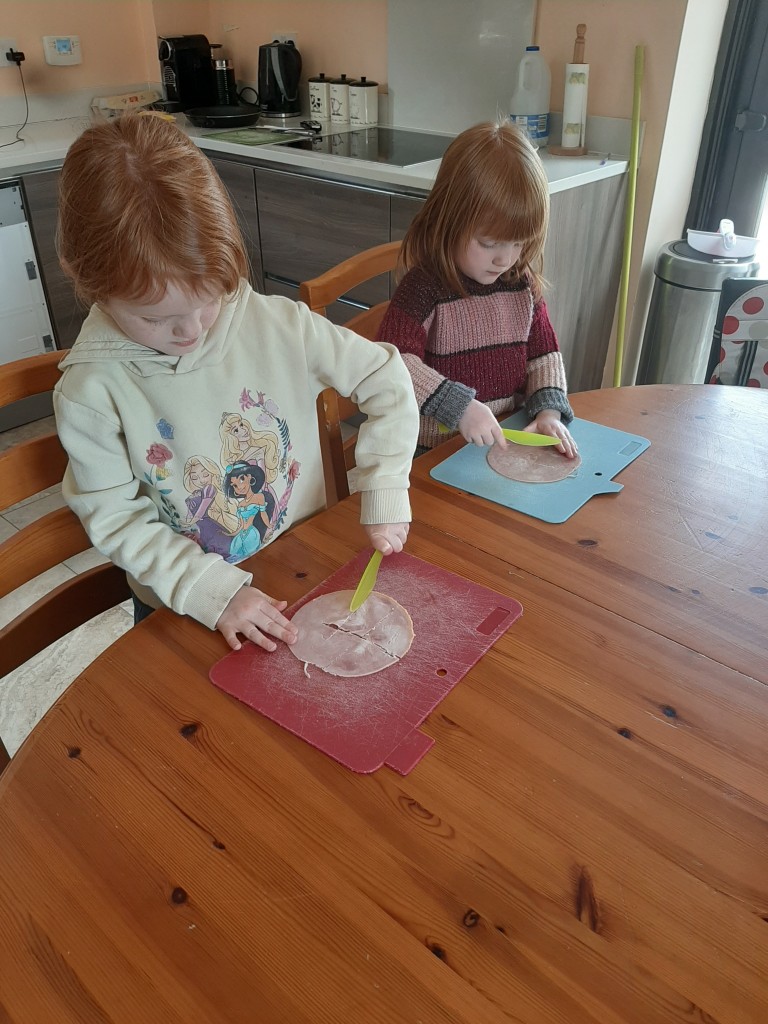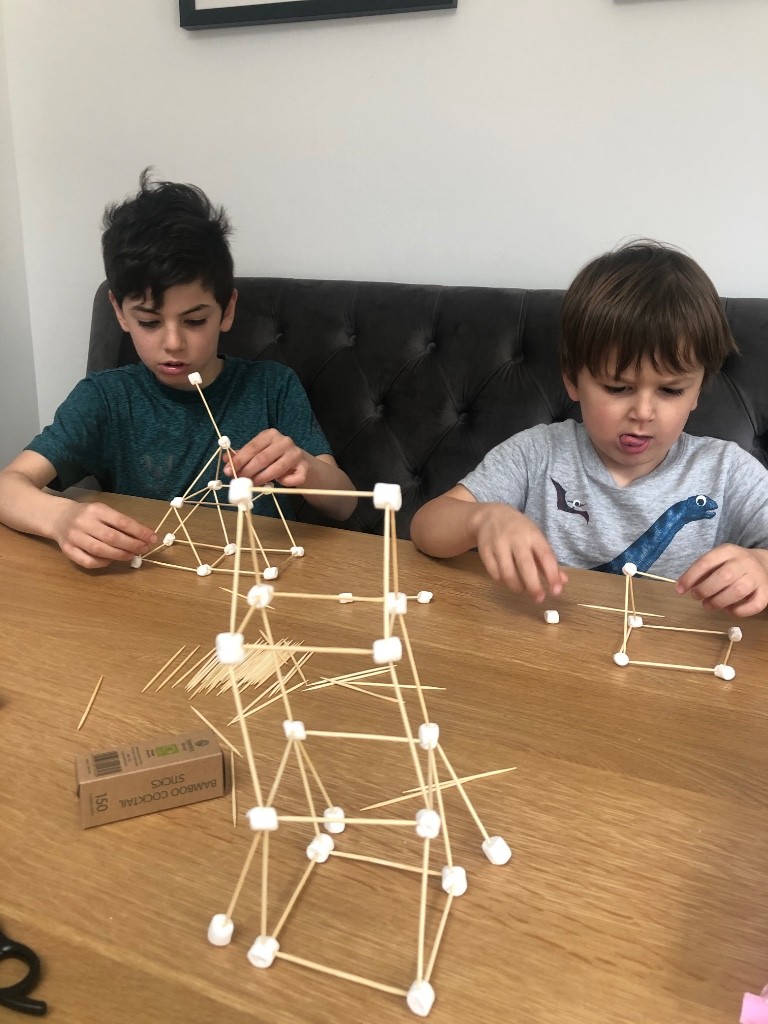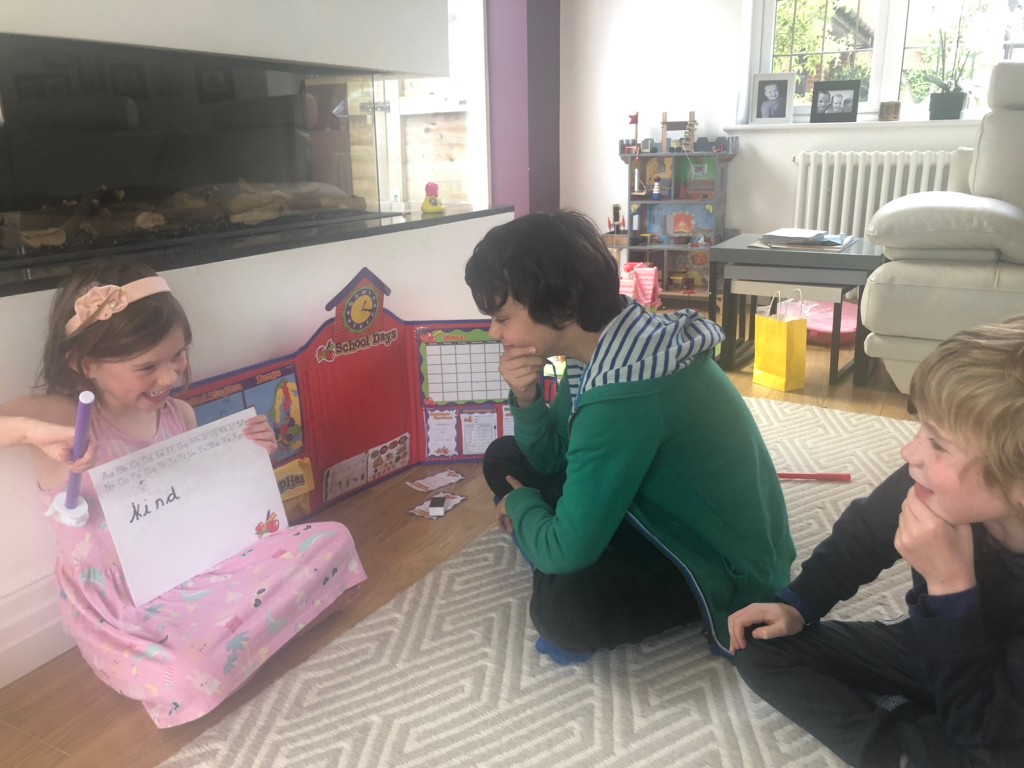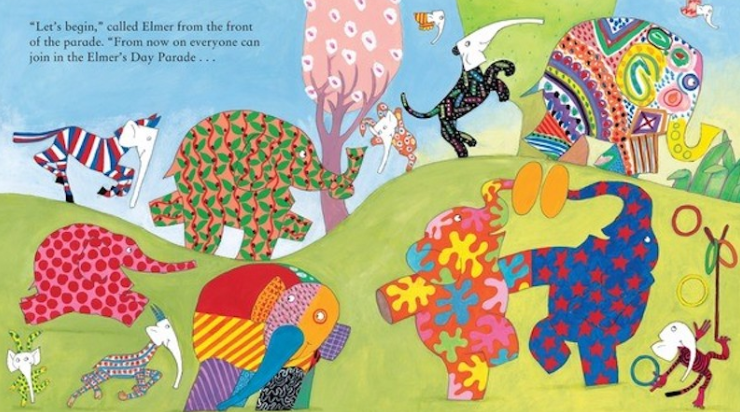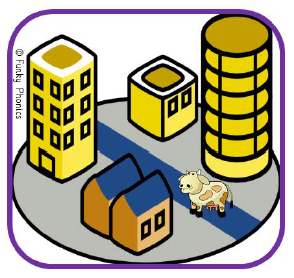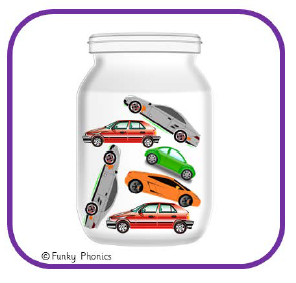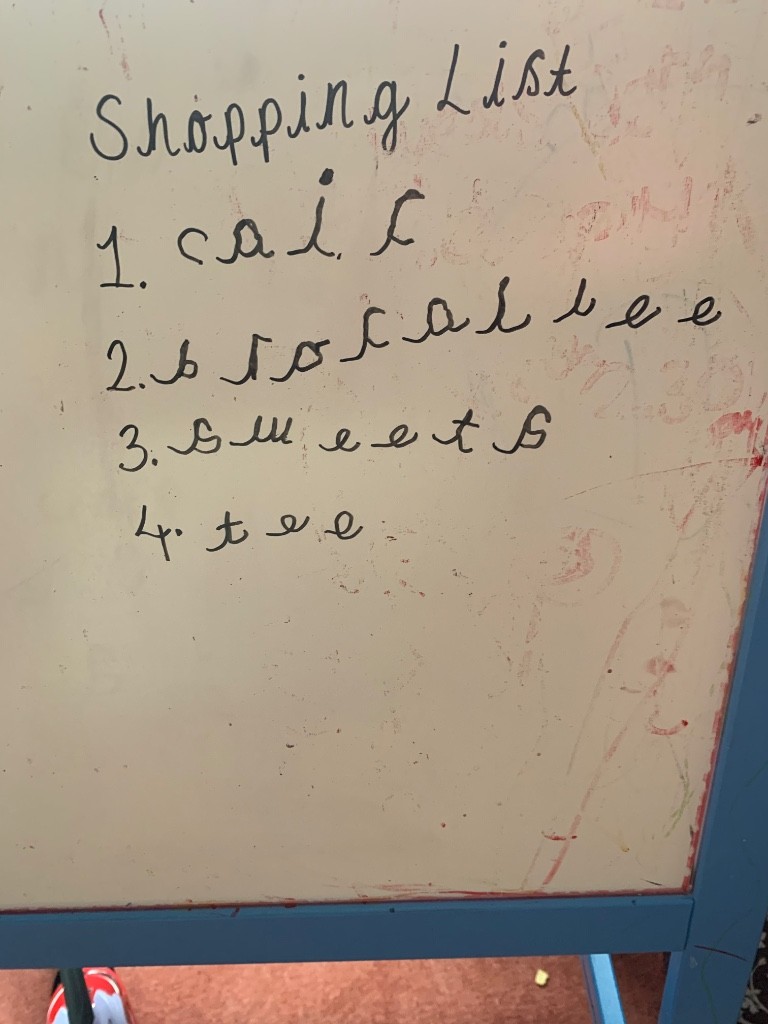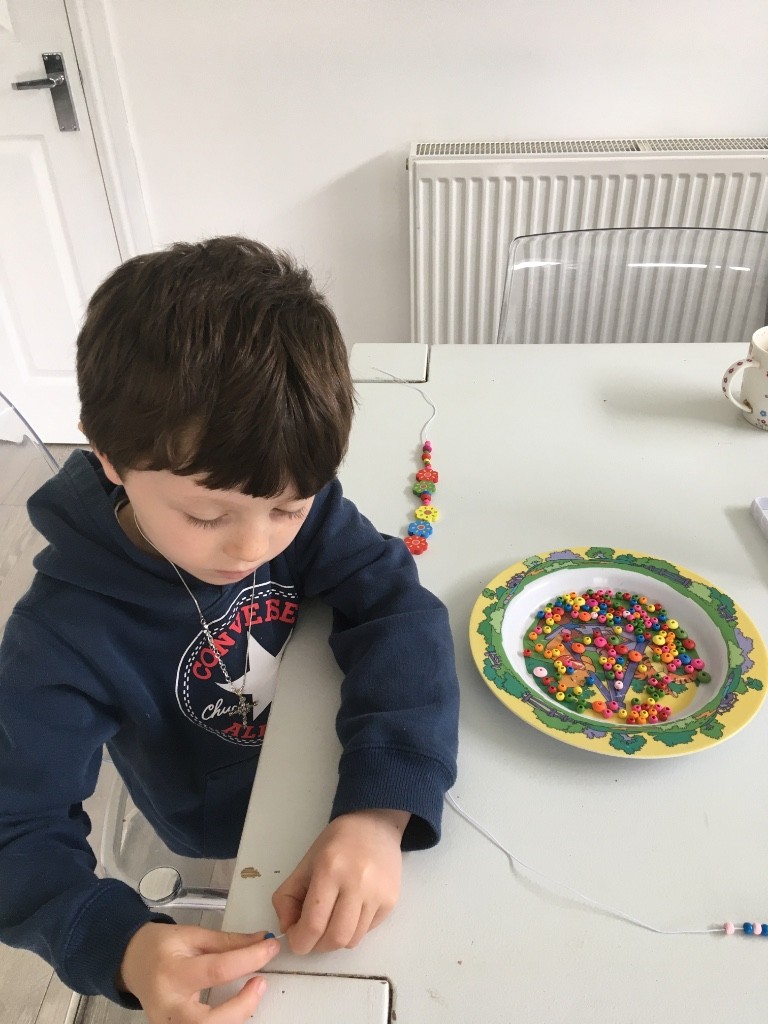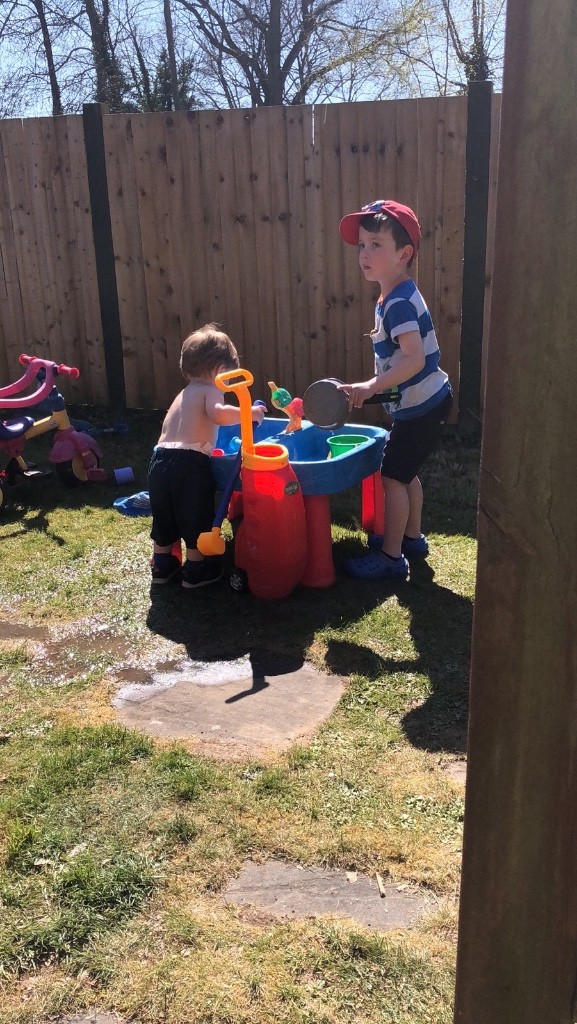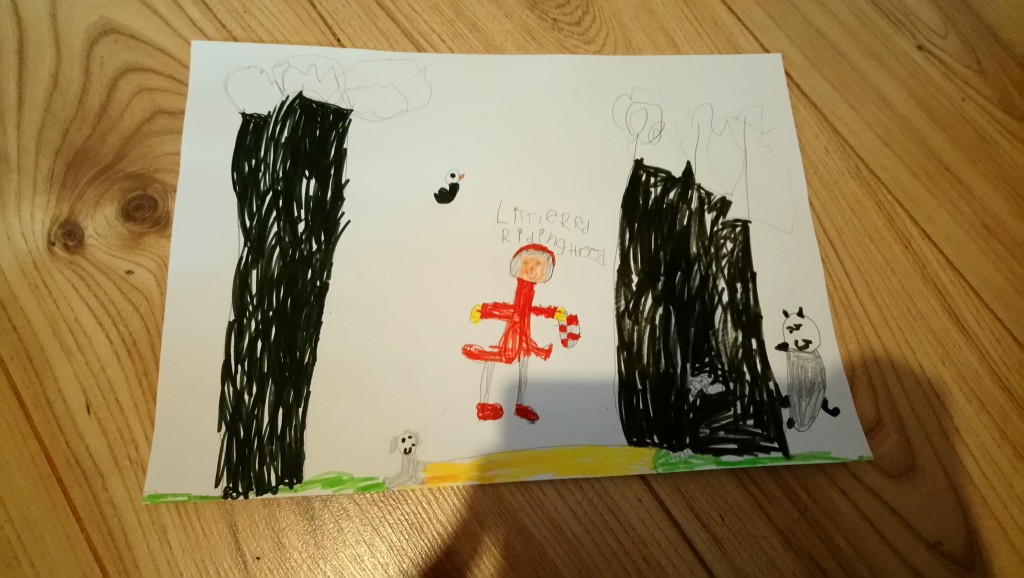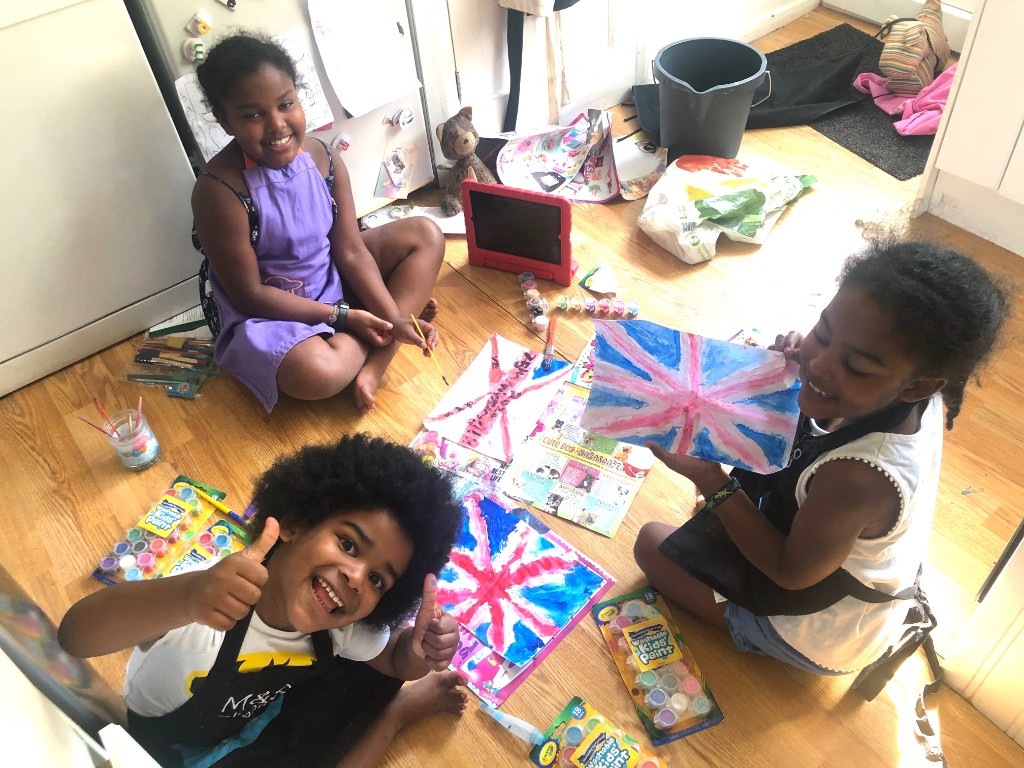Good morning Reception class,
I expect you have now had a chance to read Mr Bedford’s letter regarding reopening the school for your children. I have been busy over the past week or so working at school setting up our new classrooms. Please accept my apologies if I am not as active as normal on Tapestry.
Here are my suggestions for today.
Communication and Language
Days of the week
The story of The Very Hungry Caterpillar is a good book to open up discussions about the days of the week.
Here is a fun song to help your child learn the days of the week.
The caterpillar eats a lot of different food. Perhaps you can make a simple food diary together at home.
Letters and Sounds
Flipping Phonics!

You will need:
Word bag
Frying pan
Fish slice or spatula
What to do:
- Place a selection of words in the pan facing upwards.
- Your child chooses a word by reading it.
- Your child flips the word with the fish slice/spatula and says the word.
To challenge your child:
- Place words face down one at a time (choose just a small selection).
- Ask your child to write the word.
- Your child flips the word to check their spelling.
Maths
10 Fat Sausages Sizzling in a Pan
Another fun song for your child to sing – this song supports subtraction. It also includes the words, some of which your child may be able to read.

https://www.bbc.co.uk/programmes/p03rdgn3
Religious Education
A litany of praise to celebrate Pentecost
Remind your child of the Pentecost Day story – below is a simple version.
Explain to your child that the people came together to share their happiness and joy because Jesus had kept his promise and sent the Holy Spirit to be their friend. They are going out to tell everyone. We can all share in this happiness.
Together orally compose a litany of praise.
‘Thank you, God!’
For my good news about ….. (encourage your child to add their own words here)
For the Good News of Easter. For the new life of Jesus.
For the Good News of the Holy Spirit. For the Good News of your love.
I hope you all have a great day.
Nicola Palmer
